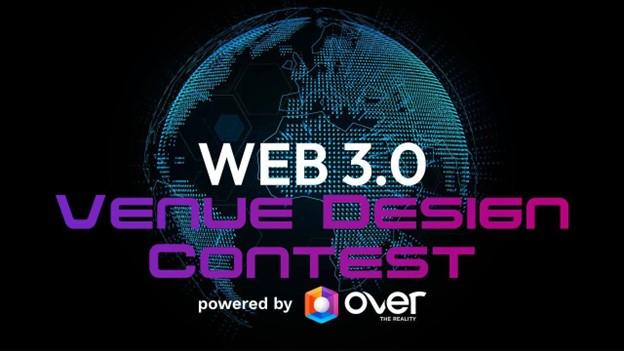All sorts of mysteries lurk in our family trees, from long-lost relatives to adoptees’ hidden heritages. In the new series of DNA Family Secrets, geneticist Prof Turi King sets out to solve them with the help of presenter Stacey Dooley and home genetic testing kits.
Turi is a scientist, presenter, speaker and author who is passionate about communicating science to the public. She’s been working in the field of genetic genealogy since 2000 and is perhaps best known for leading the genetic analysis for the identification of King Richard III.
DNA sequencing technologies have really moved on in the last 20 years. Now you can sequence entire genomes. For the medical side of things, we know a lot about genes that are involved in particular diseases, and we can tell people whether or not they have a gene that predisposes them toward something.
I got involved in the family history side of things by accident. My PhD was on the link between a surname and a Y chromosome. Surnames, like Y chromosomes, come down through the male line. So are all men with the same surname related to each other? Do they all have the same Y chromosome type?
Back then the technology was based on DNA fingerprinting. We could do genetic genealogy where we could take two people with the same surname who couldn’t find the genealogical links between them. We could take a look at their Y chromosomes and see if they’re related.
Now it’s moved on and there are direct-to-consumer testing companies. So, if somebody comes to us and says, “I don’t know who my biological father is,” we can get their DNA tested by one of these direct-to-consumer testing companies. They don’t sequence your entire genome; they look at tiny differences, about 700,000 of them, which are places on the genome where we know people tend to differ.
We can then upload their DNA to various databases around the world and look for DNA sharing, which we measure with a unit known as a ‘centimorgan’. You share half of your DNA with your parents and about half with your siblings and about a quarter with aunts and uncles. So, if somebody doesn’t know who their father is, but knows who their mum is, you start to look for genetic matches that aren’t from the mother’s side. From that, you can start to build these family trees. So this DNA sequencing technology – this ability to look at huge amounts of DNA all in one go, and look at these genetic measurements – has absolutely changed genealogical research over the last 20 years.
In terms of health stuff, I always say you should go to your GP, ideally. It’s not that the tests are unreliable, it’s just that they might not be looking at all of the genetic mutations that are involved in something. They also don’t give you the care and counselling that goes with that.
For ancestry, I always say take them with a pinch of salt. What the genetic companies do is test of all those little differences. They use a computer to cut your DNA into chunks and it goes, “Right, where’s the closest match for this chunk?” Maybe for that chunk it’s Japan. It’ll do that for all the bits of your DNA that it’s got and do it multiple times to give you a kind of average. It’ll go, “This is where your matches are, in this part of the world.”
But it all depends on who’s in the databases that the company has. You’ll get differences if you go to another company because different companies have different databases. It shouldn’t be too wildly out, but you’ll get differences.
But in terms of building family trees, it’s fantastic. It doesn’t tell you precisely how somebody is related – it’s too difficult to, based on just 200 centimorgans. But those companies are actually really good because they’ll say, “You share 200 centimorgans so there’s X per cent chance that this person is a second cousin.” And then you have to use the genealogy to work out how that person is related to you.





